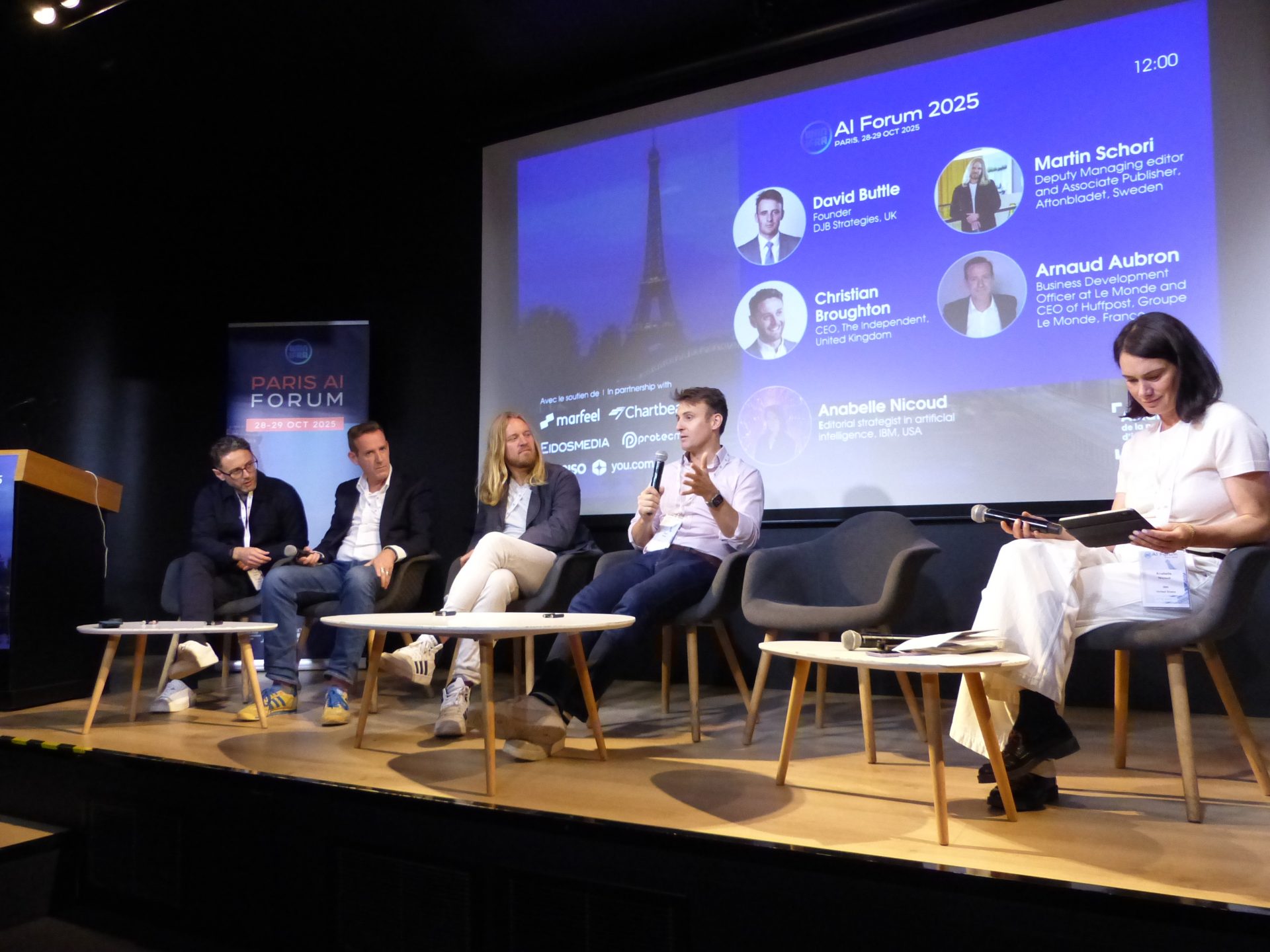
Newsletter
Newsletter
Publishers are looking to develop and bundle new products to attract new audiences in 2025, according to a Reuters Institute survey of leaders.
17th January 2025
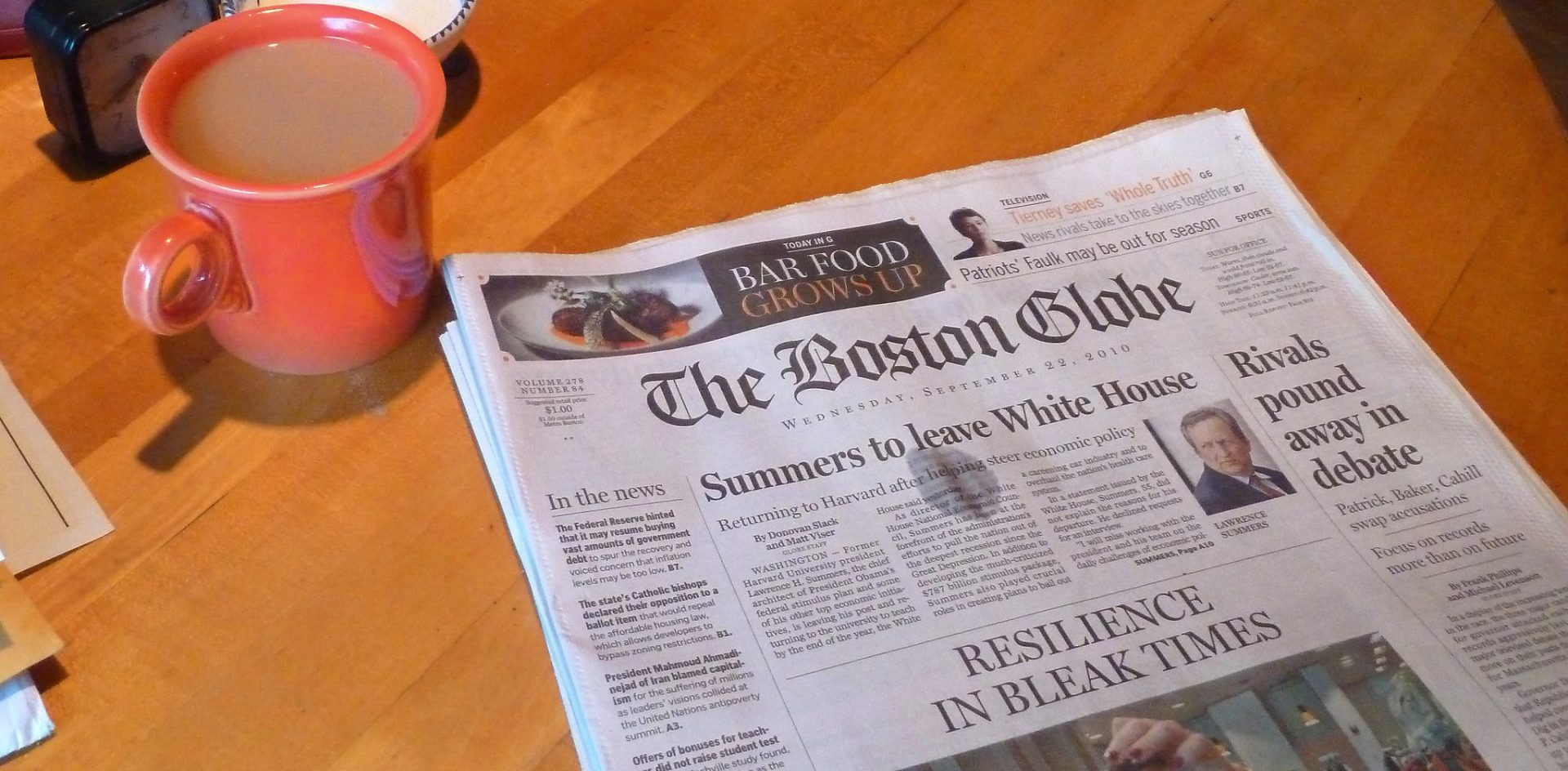
To address the challenges news media faces in 2025, publishers and broadcasters are looking to accelerate new product innovation to engage “hard-to-reach” audiences and create new revenue streams, according to the annual trends and predictions report from the Reuters Institute.
Publishers continue to struggle with the “end of the mass referral model and expected further disruptions from AI”, report authors Nic Newman and Federica Cherubini said.
The trends and predictions included:
Ultimately, those publishers and broadcasters who are able to build deep, direct relationships with their audiences through a mix of excellent content and useful products that inform and delight their readers, viewers and listeners will better weather the ongoing disruption.
If you want to discuss how other publishers are navigating these changes and share insights, tactics and strategy, consider joining our Mobile Matters community. Go here to join.
by Kevin Anderson
“There is a perfect storm emerging around traffic to news sites, fuelled by a number of converging factors,” Lisa MacLeod, FT Strategies Director, said in the consultancy’s 2025 predictions.
One of those factors is the ongoing collapse of traffic to news media from Facebook, which the Reuters Institute report says is down an eye-popping 67% since January 2023, based on data from the real-time analytics platform Chartbeat across 1900 news and media websites . Traffic from Elon Musk’s X has halved over the same period.
Traffic from Google remained stable, with Google Discover driving more visitors to news and media sites than traditional search. Discover is proving to be a big but unpredictable source of traffic.
However, editors and executives polled by the Reuters Institute are anxious about a possible drop in search referral traffic due to Google’s roll-out of AI Overview and search products from OpenAI, Perplexity and ProRata. The survey found 60% of media leaders are somewhat worried about a possible drop and 14% are extremely worried.
ChatGPT Search now provides news summaries from major, premium news providers that OpenAI has done deals with, including News Corp, the Associated Press, the Financial Times and Le Monde. Apple and Amazon have also struck deals with major players, while ProRata is taking a revenue share approach.
The Reuters Institute has spoken about a ‘winner-takes-most’ media economy in which major national and international news providers reap most of the benefits after the high-traffic Platform Era and the business model shifts to reader revenue.
With the bulk of the benefits flowing to a few major players, 72% of the media leaders polled by the Reuters Institute want AI companies to strike “collective agreements that benefit the whole news ecosystem”. The report highlighted how Danish publishers have collectively partnered with ProRata so that it benefits them all. This type of collective bargaining is important, ensuring that smaller newspapers and magazines benefit from deals that they could not negotiate on their own.
One of the most interesting insights in the report is about where publishers will shift their efforts. Topping the list will be a focus on AI players, but close behind, news publishers will invest in video, with YouTube, TikTok and Instagram. Consistent with the collapse in referrals, publishers are set to radically scale back their efforts on Facebook and X.
Whether the old sources of traffic from search and social or the new traffic AI search engine summaries, media consultant Thomas Baekdal said that traffic from them is “so unstable and so unpredictable that no publisher should base their business on it”. Moreover, he points out that audiences interacting with AI search won’t drive direct traffic to news media or subscription conversion.
Thomas adds his voice to others, like Greg Piechota at INMA, in saying that publishers need to rethink their approach to traffic from search, social and AI. Instead of thinking of them as a way to drive traffic that drives impressions and revenue, think of them as a way to promote your product and begin a direct relationship with customers.
“There’s so much here that validates what we’ve seen and done over the past few years. Publishers continue to face many challenges but a focus on innovation in their apps, and deepening relationships with their readers have proven highly effective in overcoming these pressures,” said Emillie Ruston, Pugpig’s product director.
The end of the platform-based, mass referral era and the capture of the majority of digital ad revenue by the major platforms has forced publishers to ween themselves off their reliance on ad revenue as the primary way to fund their operations. In the 1990s, in many countries such as the US, news media earned 80% of their revenue from advertising.
Successful publishers like the New York Times and the Financial Times have successfully offset the decline in ad revenue with reader revenue and the report highlights the importance of reader revenue in this post-traffic era.
Research by the News Sustainability Project, led by the Google News Initiative, INMA and FT Strategies, found that four revenue sources are the optimal number. The Reuters Institute said that news publishers are now investing in three to five different revenue streams as they seek a stable, sustainable footing in this era of disruption. In addition to subscriptions and advertising, publishers are building events and e-commerce businesses. Payment from platforms, philanthropy and donations are also part of the revenue mix.
To drive this diversification, publishers are increasing their investment in product development. More than half will be investing in optimising their core products, but 44% said they would be investing in new products as they believe they need to expand their portfolio to be successful. Leading this focus on new investment, 42% of those polled said they would be investing in youth-focused products.
With the explosion in the use of video, the report says more publishers will follow the lead of the Economist and BBC News in integrating vertical video carousels into their sites and apps. Vertical video in apps has proven popular with audiences. While broadcasters like the BBC were early adopters, publishers like the Baltimore Banner have adopted it as well, adding it to their homepage and app.
Publishers also plan to increase their investment in audio as more publishers add text-to-speech options to articles and see success with a mix of free and subscription-only podcasts as part of their conversion funnels. The Economist put most of their podcasts behind a paywall and was able to attract 30,000 subscribers in six months.
Publishers will also invest in non-news products, particularly games, and education and learning products. The Guardian has released a cooking app. In London, The Telegraph and the Times have puzzle-only subscriptions. This follows the lead of the New York Times, which has increased its average revenue per user by upselling news subscribers to its super bundle of sports, reviews, recipes and puzzles.
With the focus for many publishers on reader revenue, increasing ARPU has been an important focus. We have seen publishers not only use their apps as part of a premium bundle but consumer magazine publishers like Men’s Health and Women’s Health from Hearst UK have also added premium membership tiers.
The subscription model has become a popular way to sell a range of products and services, and even in the media space competition for subscription spending has increased. Customers often have multiple subscriptions or memberships to streaming services, Substack newsletters, podcasts and even creators.
Competition and inflation have led to slowing or plateauing subscription growth for media companies in many countries, the report found that publishers are starting to bundle subscriptions to multiple publications. In Sweden, Bonnier’s +Allt sells a subscription bundle to more than 70 national and local titles plus magazines, and Mediahuis and DPG have similar strategies in the Netherlands and Belgium.
This is leading to bundles across publishers and broadcasters as well. In Europe, subscriptions to Politken and FAZ have had limited time access to the New York Times as well, the report highlighted. In India, HT Media, which owns the Hindustan Times, launched OTTPlay, a streaming service aggregator in 2021. It is one of several ventures delivered by HT Labs, its product innovation unit.
This year, we expect to see media groups experiment with bundles both to diversify their revenue and increase ARPU. While the New York Times highlights the opportunity, there is also pressure to bundle as AI aggregators and platform players like Apple bundle content themselves.
Change continues unabated in 2025. Ultimately, those media groups that are agile in adapting to this dynamic media market and effective at developing deep, direct relationships with their audiences will weather this period of change and come out stronger because of it. As Emillie Ruston, product director of Pugpig says, “The ever changing landscapes of GenAI and social present both tests and opportunities, and the publishers who can successfully wrangle both of these stand to reap the rewards.”
Here are some of the most important headlines about the business of news and publishing as well as strategies and tactics in product management, analytics and audience engagement.

Newsletter

Newsletter
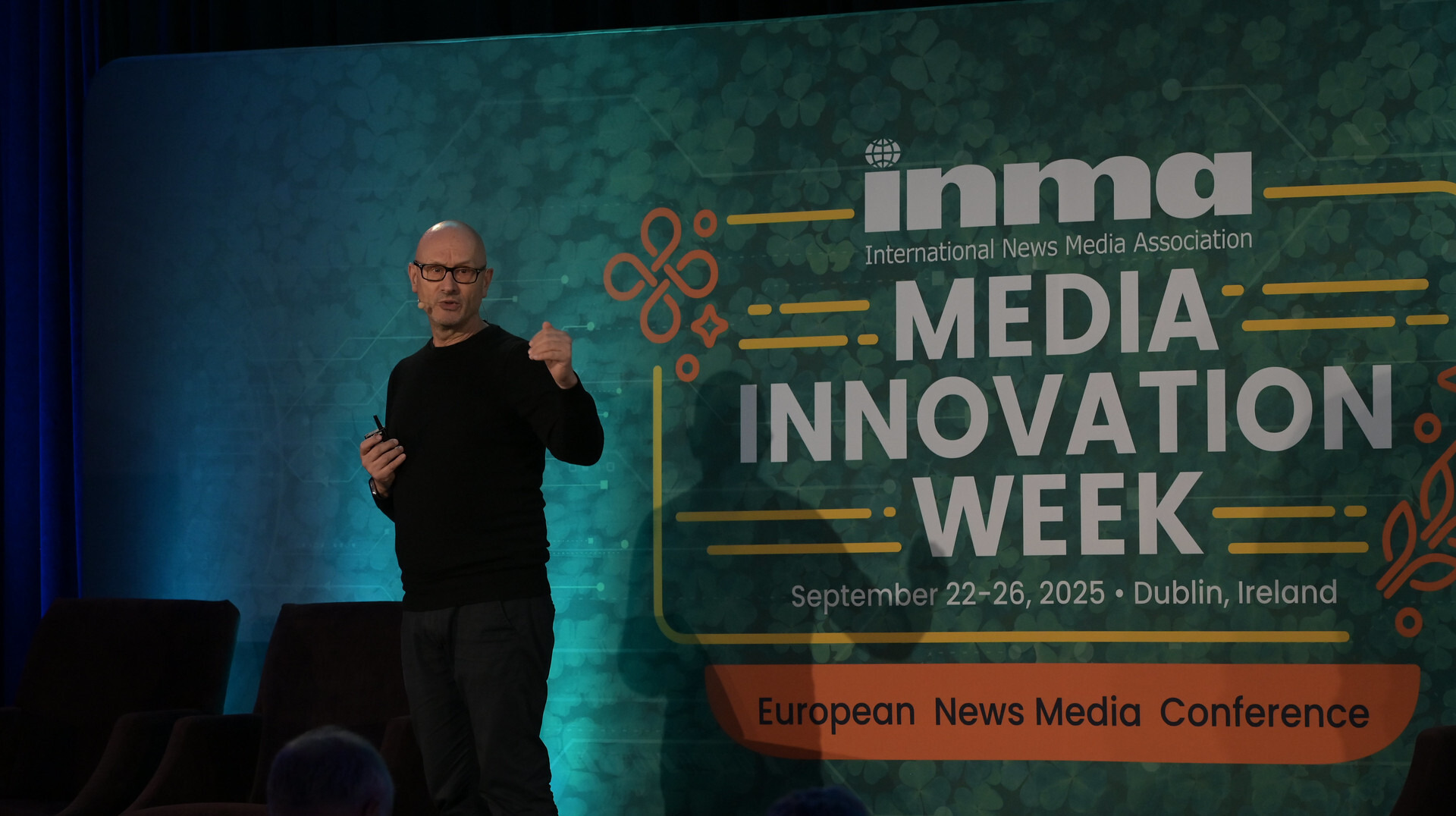
Newsletter
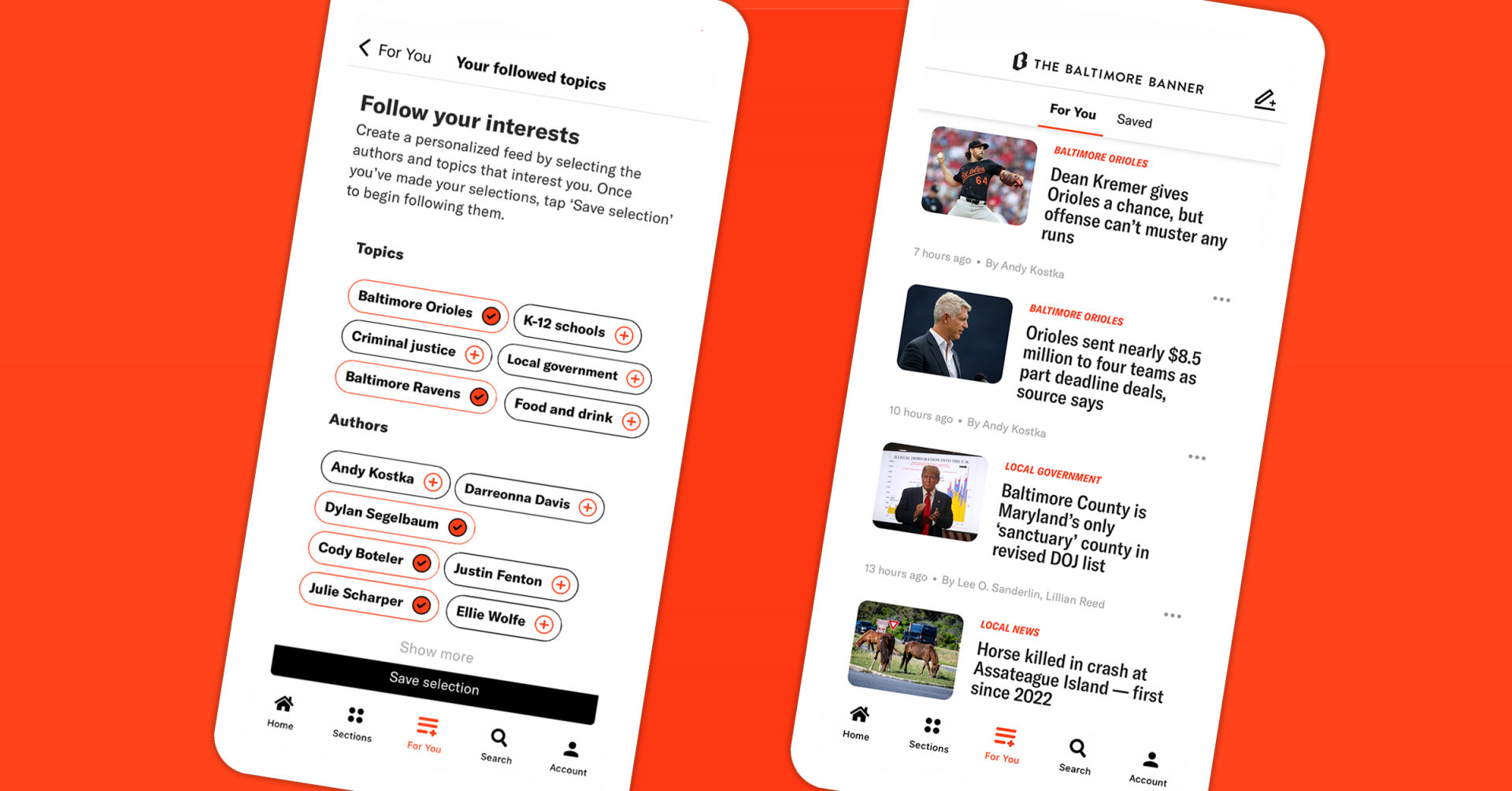
Newsletter
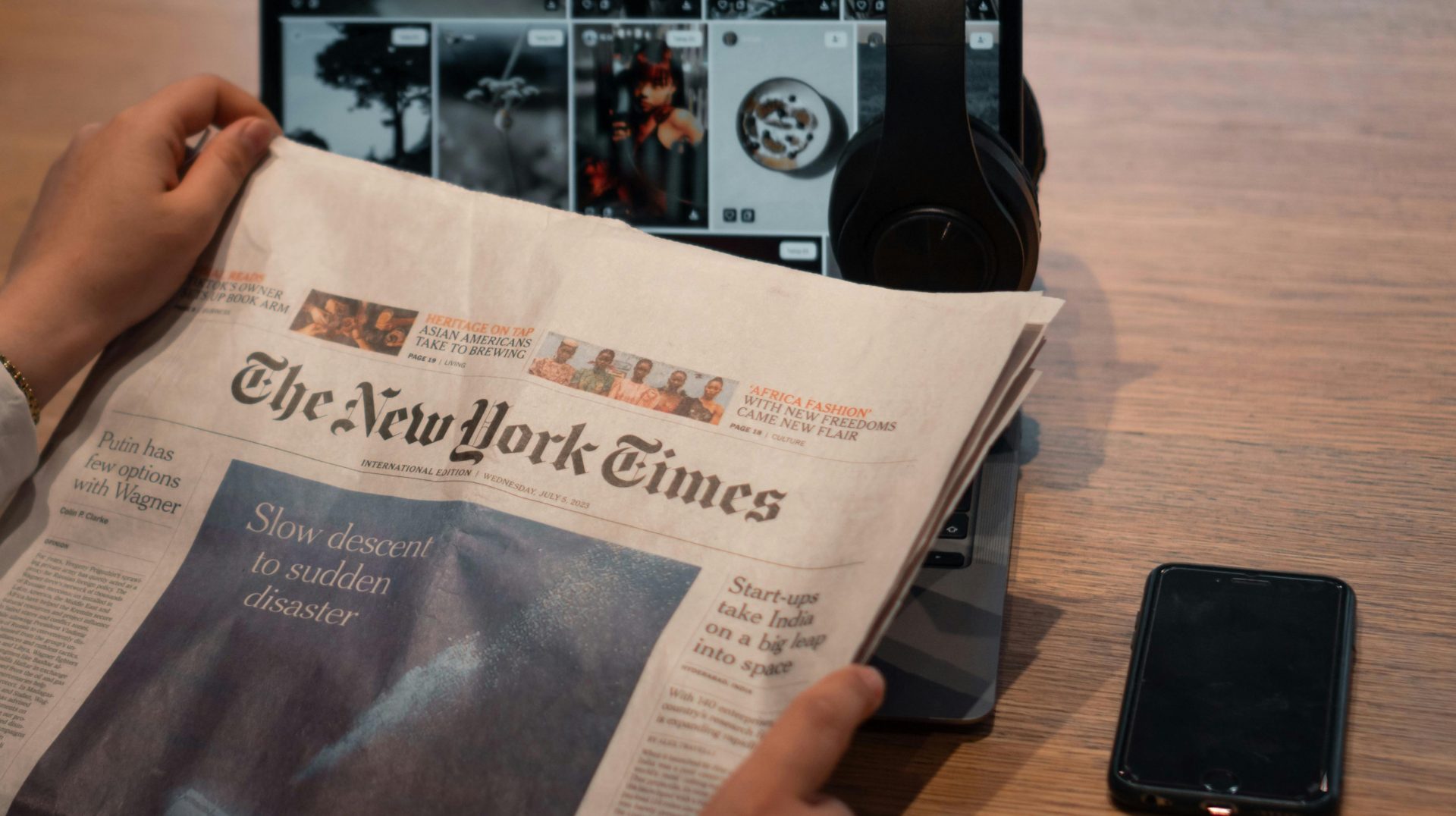
Newsletter